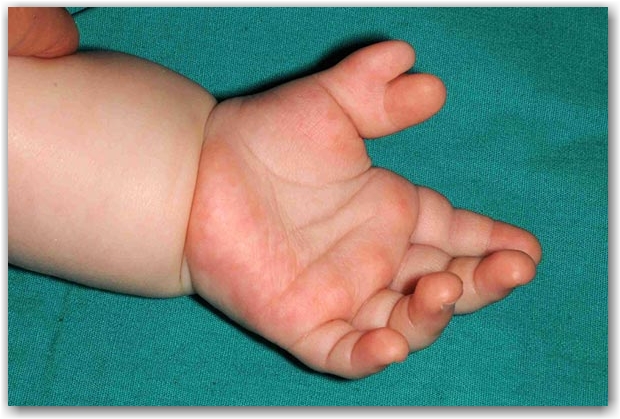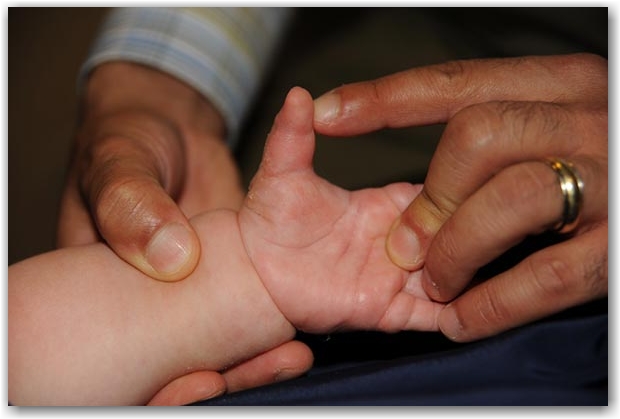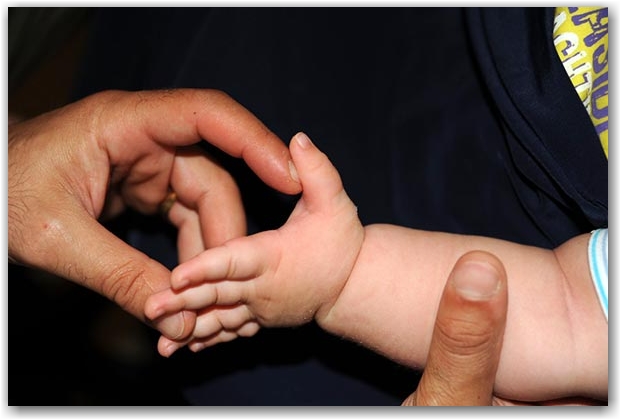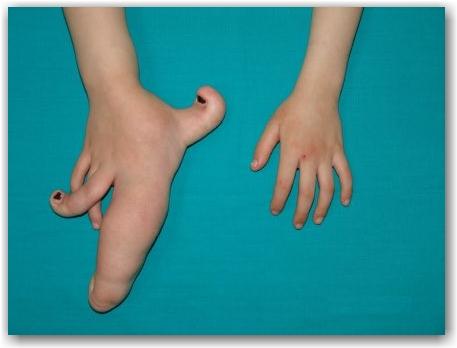
What is Congenital Hand Anomaly?
There are congenital hand problems of babies born with different hands than normal.
Normally, 4 weeks after the fertilization in between sperm and ovum, and formation of the embryo; the first bud of the body becomes visible. In the next four weeks, this bud develops the shoulder, then the arm, elbow, forearm, wrist, hand and fingers respectively by differentiating of the tissues. During this differentiation and development, some congenital hand problems may occur due to known or unknown causes.
What Types of Congenital Hand Problems Are Seen?
Severe major congenital hand anomalies can be seen, but simpler, minor anomalies may also occur. The anomalies listed below can be seen.
- Nothing formed at all
- Webbed fingered hand
- Missed Fingers
- Differentiation problems
- Excessive sections (more fingers than five)
- Overgrowth parts
- Various anomalies such as compressive band syndrome
What is the birth problem of my child?
Since there are many congenital hand anomalies, it is important to determine the exact problem of your child and to plan the proper treatment. Your doctor will explain to you what kind of congenital hand anomaly is this. He/she will also make necessary tests and consultations to clarify about the presence of possible genetic problems and the other medical problems.
What are the most common congenital anomalies?
The most common congenital hand anomaly is webbed fingers called syndactyly.
Polydactyly which is more than the normal numbered finger, is the second most common anomaly. Extra fingers may be on the small finger side or on the thumb side. Rarely, too many fingers can be seen in the middle of the hand.
Examples of the rarer ones are the following:
- Macrodactyly – Big finger
- Symbrachydactly – Small and webbed fingered hands
- Radial or ulnar club hands
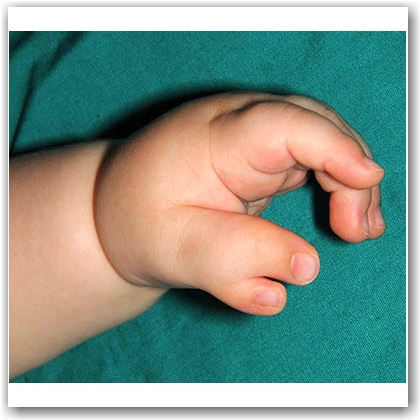
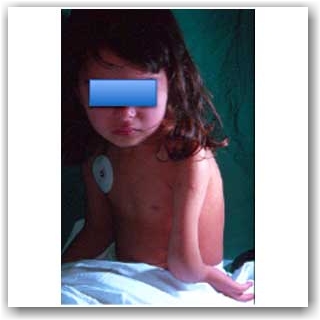
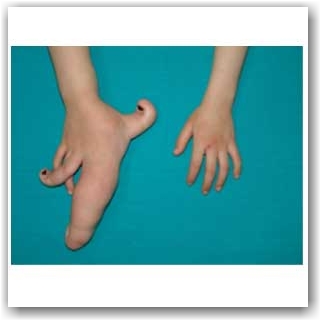
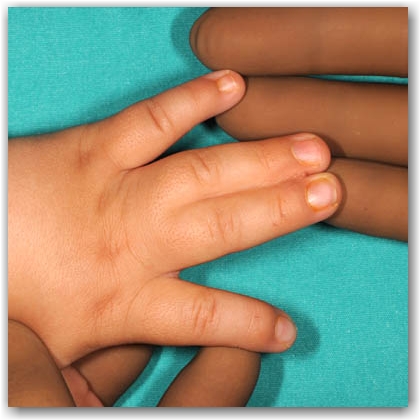
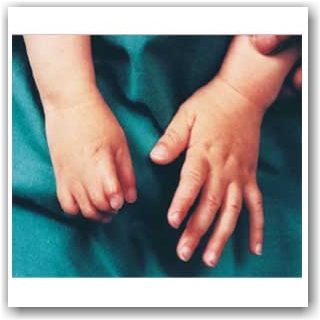
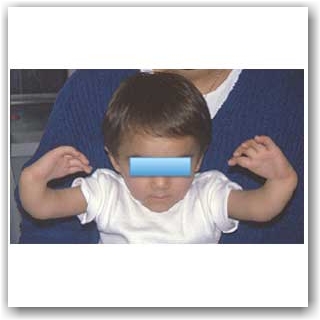
Can Congenital Hand Anomalies Be Treated?
A newborn with every congenital hand anomaly should be evaluated by a hand surgeon and what kind of anomaly should be identified. Then the physician will explain what the baby needs for the treatment.
Treatment is planned according to the type and shape of congenital hand problems.
For example:
- Webbed fingers are released to create normal shaped webs
- Extra fingers are removed to create normal anatomy
- Large and curved fingers are shaped and corrected
- If the thumb is not developed, a new thumb is created like pollicization

Syndactyly ( webbed fingers )
before and after the surgery
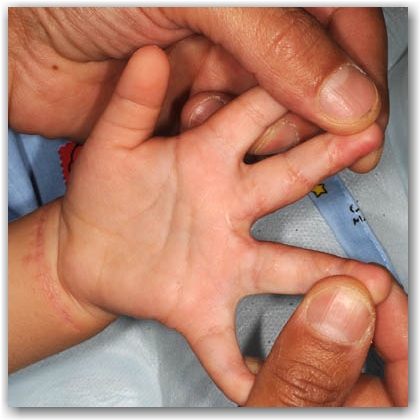
What should be the aim in the treatment of congenital hand anomalies?
The aesthetic shape and functionality of the hand are important for the basic hand concept. The goal of the treatment will be to improve both appearance and function. For these purposes, the details of the operation, when to do it, the possibility of other operations in the future, pedagogical support and other issues are discussed and planned in detail with the family.
Prof. Dr. Eftal Gudemez
Orthopedics and Traumatology
Hand Surgery and Microsurgery
